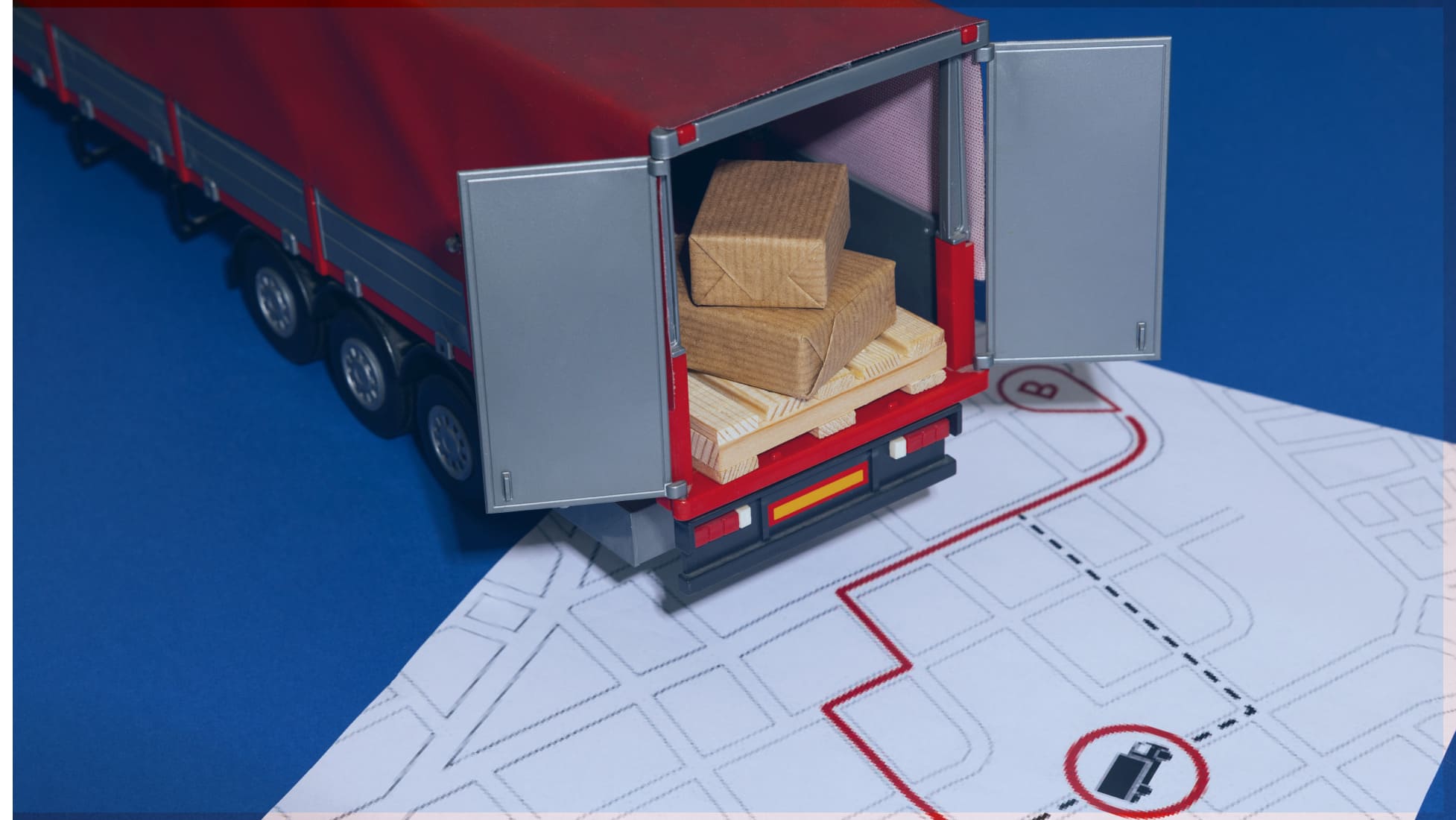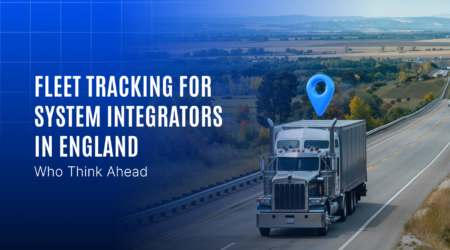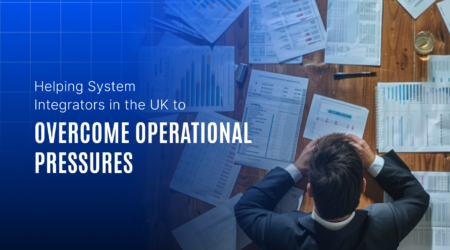
In the dynamic world of logistics, the quest for efficiency is relentless. The spotlight shines brightly on route optimization, a game-changer that has revolutionized the industry. This comprehensive guide delves into the transformative power of logistics route optimization, unveiling its profound impact on supply chain management. With an emphasis on simplicity and clarity, let’s embark on a journey through the world of advanced fleet management software and explore the latest trends in logistics route optimization.
Understanding Logistics Route Optimization
At its core, logistics route optimization is about finding the most efficient path for vehicles to take. This might sound straightforward, but it’s a complex process involving numerous variables like traffic patterns, delivery windows, vehicle capacity, and much more. In essence, it’s about doing more with less, reducing miles driven, fuel consumed, and time spent, all while enhancing service quality.
The Role of Advanced Fleet Management Software
Enter the era of advanced fleet management software, a powerful ally in the pursuit of route optimization. These sophisticated systems harness data, analytics, and algorithms to craft optimal routes. They consider real-time traffic updates, weather conditions, and also vehicle performance to make dynamic adjustments. The result? A more coordinated, efficient, and responsive logistics operation.
Trending Now: The Latest in Logistics Route Optimization
As we delve into the trends shaping logistics route optimization, it’s clear that technology is the driving force. From artificial intelligence and machine learning to the Internet of Things (IoT) and telematics, the landscape is evolving rapidly. These technologies are not just trends; they’re revolutionizing how logistics companies approach route optimization, while making operations smarter, faster, and more customer-centric.
Embracing AI and Machine Learning
Artificial intelligence (AI) and machine learning are at the forefront, offering predictive insights and real-time decision-making. They analyze historical data and current conditions to predict traffic patterns, suggest the best routes, and even foresee potential delays. This proactive approach also ensures that logistics operations are always a step ahead.
The Power of IoT and Telematics
The Internet of Things (IoT) and telematics provide a real-time view of the fleet, relaying information about vehicle location, condition, and performance. This visibility is crucial for effective route optimization, while allowing for instant adjustments and informed decisions. It’s about having the right data at the right time to keep everything running smoothly.
Integrating with Customer-Centric Services
Today’s consumers demand speed and transparency. Integrating route optimization with customer services means providing real-time updates, accurate delivery windows, and the flexibility to adjust on the fly. It’s about enhancing the customer experience and also building trust through reliability and communication.
The Impact: From Savings to Sustainability
The benefits of logistics route optimization are far-reaching. Let’s explore the significant impacts that make this approach a cornerstone of modern logistics.
Cost Savings
By reducing miles driven, optimizing vehicle loads, and improving route efficiency, companies can significantly cut fuel costs and wear and tear on vehicles. This translates into substantial savings, directly affecting the bottom line.
Enhanced Efficiency and Productivity
Optimized routes mean deliveries are done faster and more reliably. Drivers can complete more deliveries in less time, enhancing overall productivity. It’s about making every mile and every minute count.
Customer Satisfaction
With optimized routes, customers enjoy timely deliveries and accurate ETAs. This reliability and transparency foster trust and satisfaction, key ingredients for customer retention and brand loyalty.
Environmental Responsibility
Fewer miles and smarter routes mean reduced fuel consumption and lower emissions. This commitment to sustainability resonates with customers and stakeholders, while aligning with global efforts to protect the environment.
Navigating the Challenges
Adapting to new technologies, training staff, and managing the cost of implementation are common hurdles. However, the long-term gains far outweigh these initial obstacles, positioning companies for future success in a competitive landscape.
Implementing Route Optimization: A Step-by-Step Guide
Implementing route optimization is a journey. Here’s a simplified roadmap to guide you through the process:
- Assess Your Needs: Understand your specific challenges and objectives.
- Choose the Right Software: Select a fleet management solution that aligns with your goals.
- Integrate Your Systems: Ensure the software works seamlessly with your existing systems.
- Train Your Team: Equip your staff with the knowledge and skills to make the most of the new tools.
- Monitor and Adjust: Continuously analyze performance and also make adjustments as needed.
Looking Ahead: The Future of Route Optimization
As we look to the future, the trajectory of route optimization is set to soar. Advancements in AI, autonomous vehicles, and more are on the horizon, promising even greater efficiency and innovation. The journey of logistics route optimization is an ongoing one, with each step forward fueling the next leap in efficiency and service.
Conclusion
Logistics route optimization is not just a trend; it’s a transformational force reshaping the supply chain landscape. By embracing advanced fleet management software and staying attuned to the latest developments, companies can navigate this dynamic terrain with confidence. The journey is complex, but the destination—enhanced efficiency, customer satisfaction, and sustainability is well worth the effort.
As we conclude this exploration, remember that the road to optimization is a continuous one. It’s about adapting, innovating, and striving for excellence in every mile traveled. The impact of route optimization on logistics is profound, and its potential is boundless. Embrace the journey, and also let the journey of optimization propel your logistics operations to new heights.






 Trakzee
Trakzee Smart Waste
Smart Waste Logytrak
Logytrak Trakzee GSM
Trakzee GSM Elexee
Elexee Trakzee Mini
Trakzee Mini

 Smartbus
Smartbus Rosterz Employee
Rosterz Employee Public Transport Monitoring
Public Transport Monitoring Taskeye
Taskeye Narzee
Narzee

 Wireless Fuel Level Sensor
Wireless Fuel Level Sensor Wired Fuel Level Sensor
Wired Fuel Level Sensor Tilt Sensor
Tilt Sensor Temperature Sensor
Temperature Sensor Wireless Interface Converter
Wireless Interface Converter Grain Level Sensor
Grain Level Sensor TPMS Sensor
TPMS Sensor













